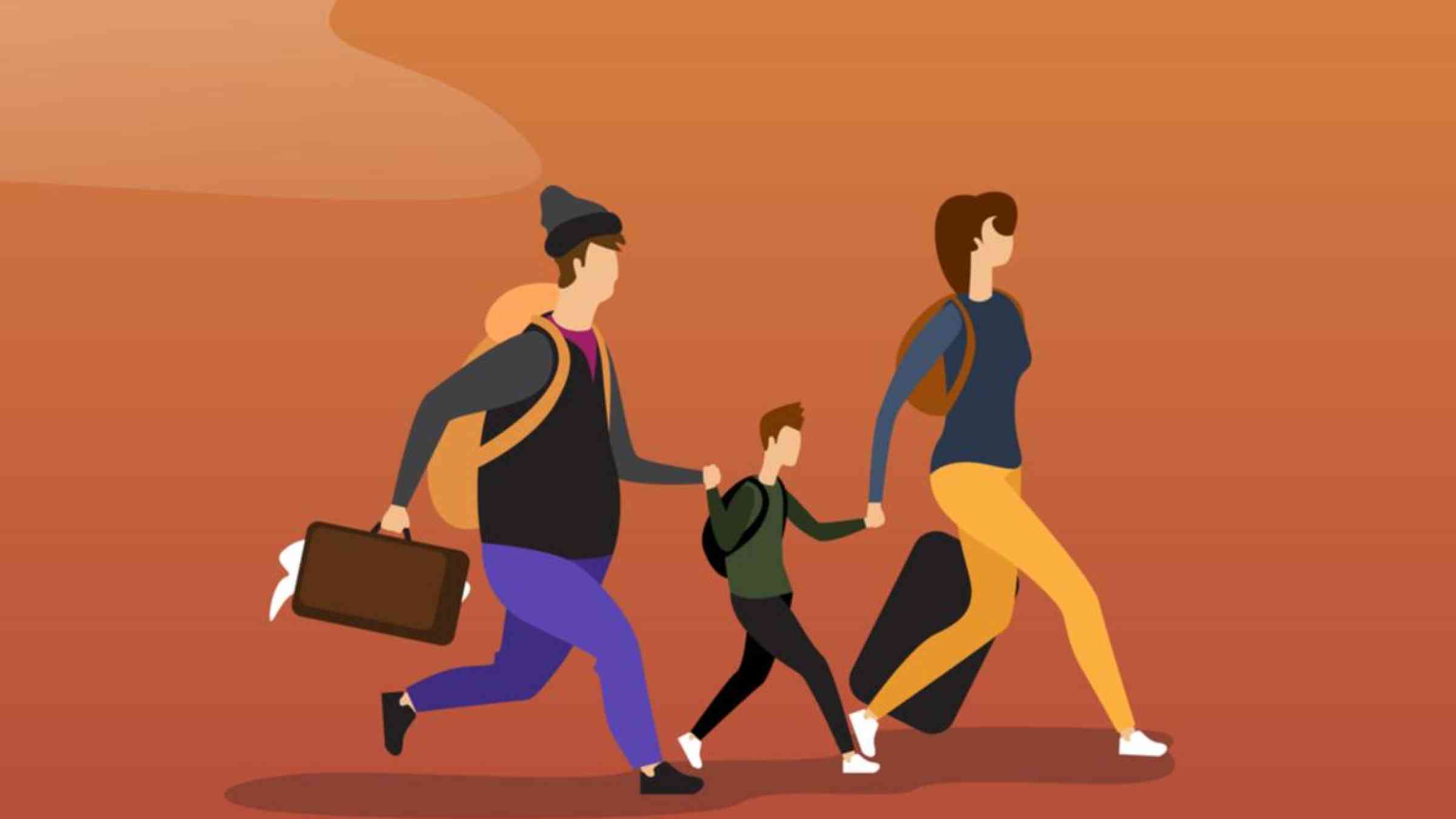New report shows children are forgotten in bushfire recovery

More needs to be done to support children and young people before, during and after disasters and emergencies in Australia to protect them against long-term negative impacts, a report released today has found.
The report, “After the Disaster – Recovery for Australia’s Children”, produced by charities UNICEF Australia and Royal Far West (RFW), found that children and young people are particularly susceptible to the impacts of natural disasters like bushfires, and governments, non-government agencies and philanthropic organisations need to urgently invest in research, policies and programs to strengthen their resilience following these events.
Speaking at the launch of the report, RFW CEO Lindsay Cane AM said in times of disaster, the needs of children can often be overlooked: ”We need to do more to place children’s needs at the centre of any community-led recovery efforts. Children are particularly vulnerable to trauma caused by events like bushfires, and for children living in rural and remote areas, this trauma often comes in addition to already significant disadvantage because of where they live”.
UNICEF Australia CEO Tony Stuart said it was essential that organisations work together to stay ahead of the next natural disaster: “This report highlights that before the next disaster strikes, we need to put in place an emergency response which specifically protects children”.
The report recommends an urgent review across federal, state and territory governments of relevant policies and frameworks that guide disaster planning, response and recovery efforts to ensure the specific needs of children are identified and addressed.
Other main recommendations in the report include:
- Funding more mental health and resilience building programs in rural and remote communities aimed at children 0-12 years
- Funding research (in collaboration with service providers) to understand the needs and ‘voice’ of children and young people, and the interventions and responses that best support them, particularly those who are affected by trauma and disadvantage
- Increased education for communities, in particular the key adults around the children, about the impact of disasters and what supports they most need.
- Establishing a panel of preferred providers that are ‘fit for purpose’ to respond quickly in the event of a natural disaster or emergency event that can provide relief and long-term recovery programs for children.
UNICEF Australia and RFW worked together with an independent disaster resilience expert to produce the report following a partnership formed as a result of the Black Summer bushfires. The partnership, known as the Bushfire Recovery Program, provides psychosocial and learning program for children, within 35 bushfire affected communities across New South Wales. Funding for the program has been provided exclusively by philanthropy but will cease in June this year.
Ms Cane said key learnings from the Bushfire Recovery Program show recovery efforts must be community driven, and that pre-existing factors like drought and disadvantage impact greatly on a community’s recovery from natural disasters.
“Recovery from natural disasters like bushfires is a long journey. And for many rural and remote communities already dealing with disadvantage through developmental vulnerabilities and limited access to services, that journey can be even longer,” Ms Cane said.
Mr Stuart said it was important funding is provided for research to further enhance the evidence base about what works best to support children and young people following natural disasters: “Children need a safe and secure environment to be able to develop, and the experience of trauma or a large-scale emergency event interrupts childhood, affecting mental health, emotional wellbeing and childhood development through to adolescence and young adulthood.
“Funding should be provided for programs over an extended period, as research shows trauma can often present in children some time down the track,” Mr Stuart said.
Recent evidence supports the report’s findings. A literature review, commissioned by the Spinifex Network and co-authored by Charles Sturt University and RFW, shows an increased risk of poorer mental health outcomes for children as a result of bushfires. The review, “The Impact of Bushfire on the Wellbeing of Children Living in Rural and Remote Australia: A Rapid Review”, identified that children exposed to bushfires may be at increased risk of poorer wellbeing outcomes.
Children particularly at risk are those from more vulnerable backgrounds who may have other compounding factors, limiting their ability to overcome bushfire trauma. It also found that the impact of bushfires on children’s wellbeing may emerge as time passes, sometimes up to three years after the event.
“By supporting our children, young people and communities, by working with them, listening to them, and providing support to nurture them, we will ensure that they are able to build and enjoy strong futures, thereby strengthening Australia’s resilience,” Ms Cane said.